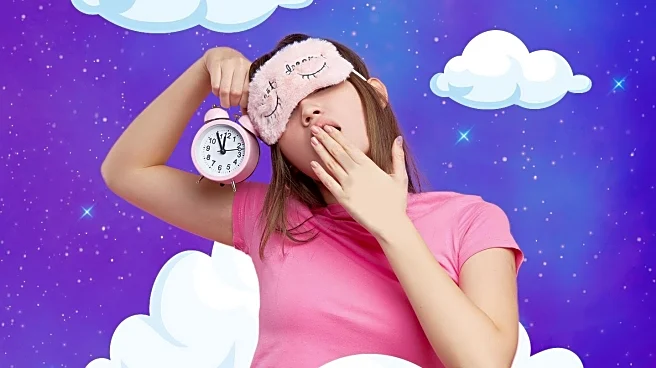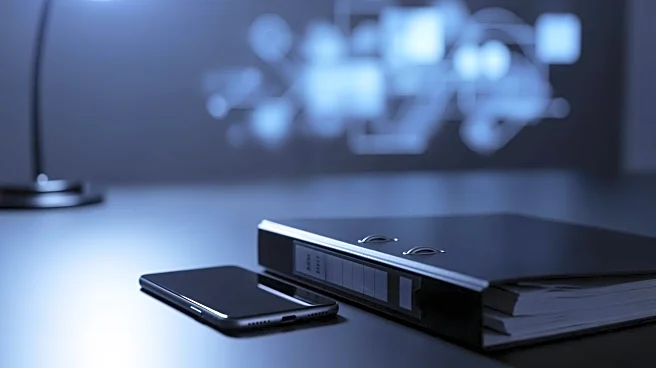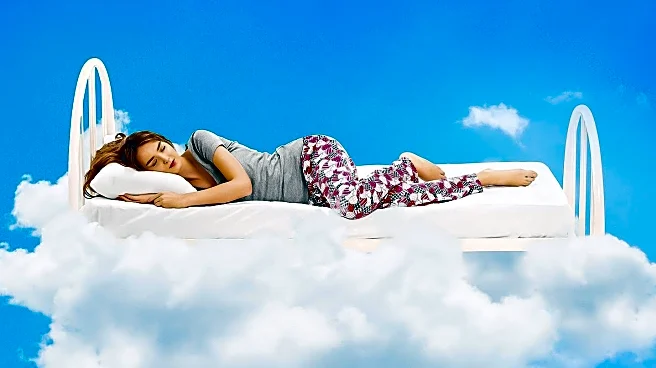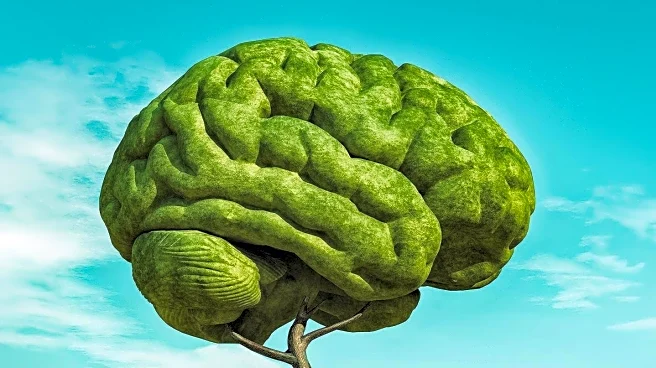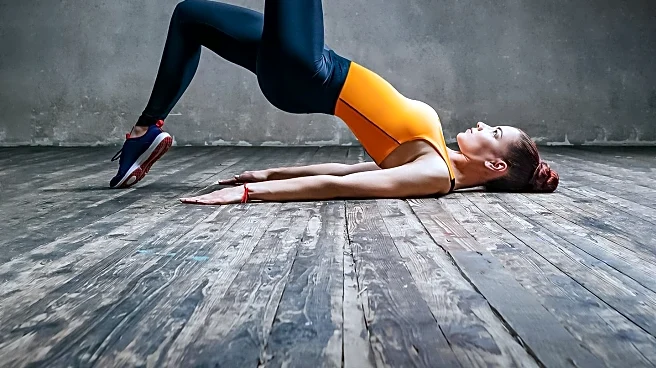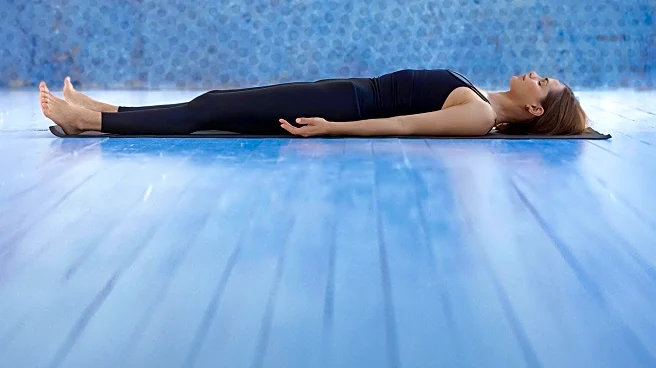What's Happening?
A new method for combating insomnia, involving the cooling of the forehead, is gaining attention as a potential solution for those struggling with sleep issues. Kyle Cox, a social media health influencer,
has been promoting this technique, which is based on research presented at the American Academy of Sleep Medicine's SLEEP 2011 conference. The study involved fitting insomniacs with caps that circulated water to cool the prefrontal cortex, resulting in a 75% success rate in reducing sleep latency. This method reportedly helps insomniacs fall asleep as quickly and stay asleep as long as those without insomnia. The cooling sensation is described as calming, akin to a soothing, massagelike experience. While not yet recognized as a universal treatment, the technique is being explored for its potential benefits in promoting sleep readiness.
Why It's Important?
The significance of this development lies in its potential to offer a non-pharmaceutical alternative for those suffering from insomnia, a condition that affects millions of people. Traditional treatments like sleeping pills and hypnosis have limited success rates, often helping only about one in four insomniacs. The forehead cooling method could provide a more accessible and less invasive option, potentially reducing reliance on medication. Additionally, the technique's calming effect might also benefit individuals with anxiety or mood disorders, which are often linked to sleep disturbances. If further validated, this method could lead to broader applications in mental health treatment, offering a simple yet effective tool for improving sleep quality and overall well-being.
What's Next?
Further research and clinical trials are likely needed to establish the efficacy and safety of the forehead cooling method as a standard treatment for insomnia. As interest grows, healthcare professionals may begin to explore this technique in clinical settings, potentially leading to the development of commercially available products designed to replicate the cooling effect. Public health discussions may also focus on integrating such non-invasive methods into broader sleep hygiene practices. Stakeholders in the healthcare industry, including sleep specialists and mental health professionals, will be key players in determining the future adoption and implementation of this method.
Beyond the Headlines
The exploration of forehead cooling as a sleep aid highlights a broader trend towards non-pharmaceutical interventions in healthcare. This approach aligns with increasing consumer interest in natural and holistic health solutions. The method's potential application in treating anxiety and mood disorders could also prompt a reevaluation of how these conditions are managed, emphasizing the role of physical interventions in mental health care. Additionally, cultural practices, such as those noted by Nordic mothers who expose their children to cold environments for better sleep, may gain scientific validation, influencing parenting and lifestyle choices globally.
